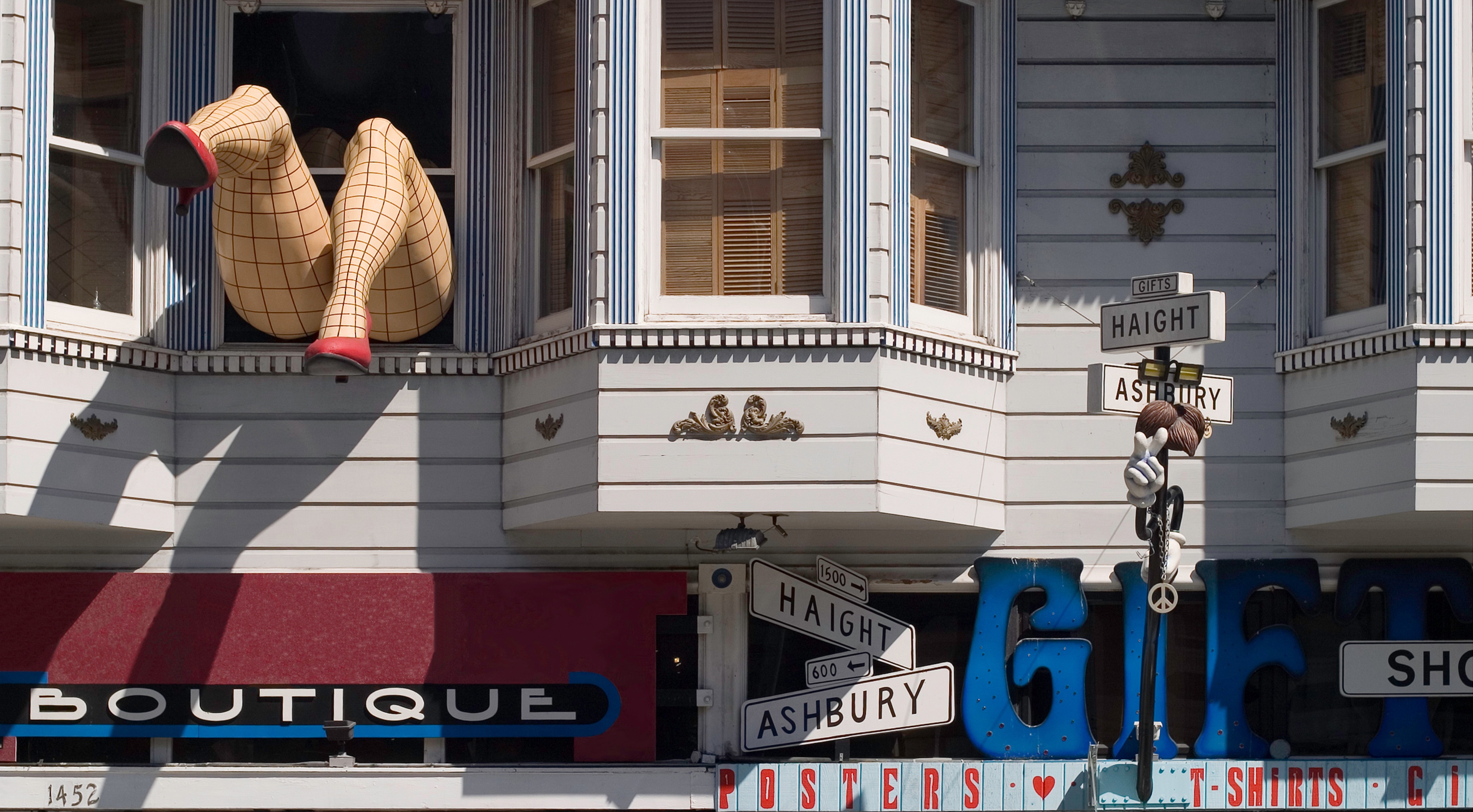How zoning can make or break a neighborhood.
Dropping off a library book, picking up a coffee, and grabbing groceries all in the same trip? Quick errands like these can feel like simple tasks or a frustrating mess depending on whether or not your neighborhood is ‘mixed-use’.
Mixed use is an urban planning term that refers to a place or area that is “used or suitable for several different functions”. Jane Jacobs popularized the concept in 1961 as she urged cities to rethink the use of zoning ordinances, which at the time was a radical idea.
Zoning ordinances are laws that determine if an area should be used for commercial, residential, industrial, public space, or a mixture. Historically, these area functions have been separated with hard boundaries. Instead, Jacobs advocated for intricate and localized areas that serve vast groups of people and functions. These areas, most commonly found in mixed-use zoned areas, can contain everything you need. Your home could be above a grocery store, which borders your office, which is next to your friend’s house, and so on.
Understanding why we do or don’t love the areas we explore helps us be better advocates for our city and our neighbors. Page Street, Haight Street from Divisadero to Stanyan, and Silver Terrace show the diverse array of outcomes that can come from different approaches to zoning within San Francisco.
Page is a mostly residential street where the city has strategically allowed the placement of schools, libraries, and coffee shops. The residential feel of this street has led to a scattering of community gardens throughout, and its status as one of San Francisco’s Slow Streets has increased safety and local travel by foot or bike.
Haight Street is more action packed. Famous for its iconic history, the street is a major tourist destination lined with eateries, shops, sidewalk sellers, and performers. A Neighborhood Commercial mixed-use designation encouraged housing to be integrated with ground floor businesses on Haight.
Across the city, Silver Terrace also has Neighborhood Commercial zoning at its center, but doesn’t allow for the mixing of housing and businesses. Despite a variety of zones within the neighborhood including residential, commercial, and industrial, Silver Terrace’s segregated zoning prevents it from meeting its potential as a bustling neighborhood. As a result, the neighborhood’s walkability, transit, and biking scores are lower than the city average.
To create thriving neighborhoods, city planners need to prioritize what a community wants and needs, creating zoning plans in collaboration with neighbors.
Next time you’re strolling down a San Francisco street, look around: are homes and businesses near each other? Is it strictly one or the other? How does this impact the feel of the neighborhood?

